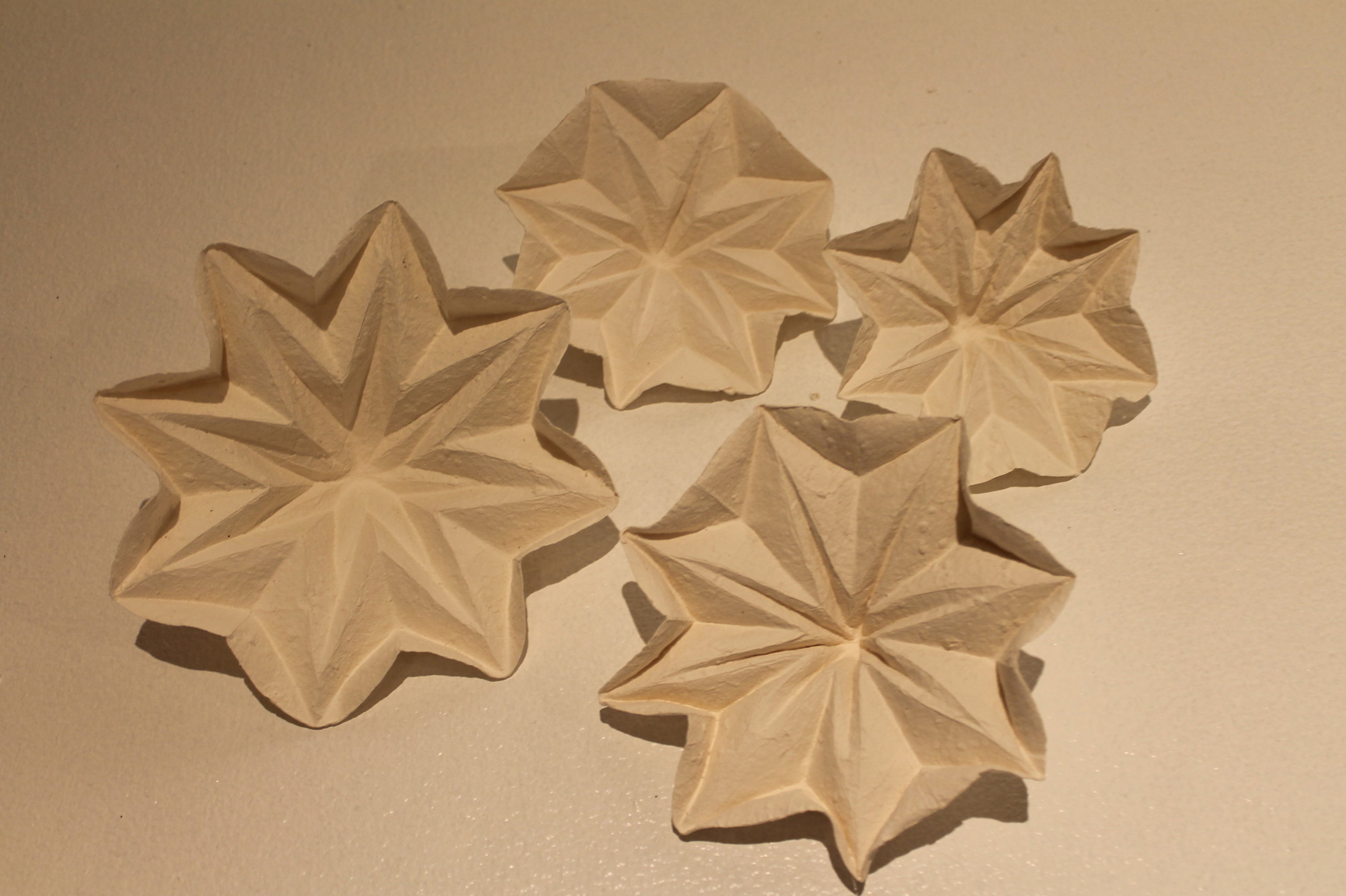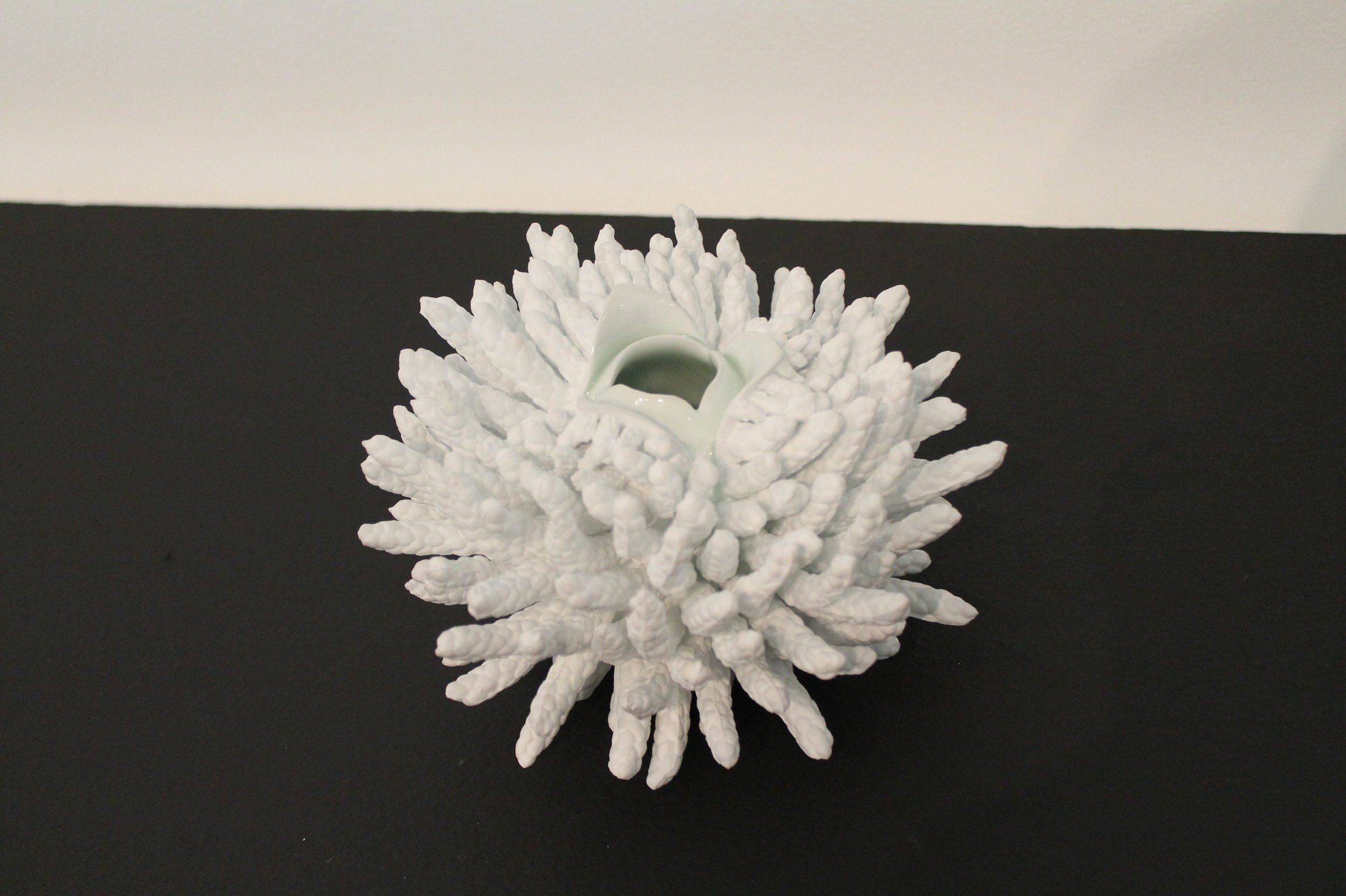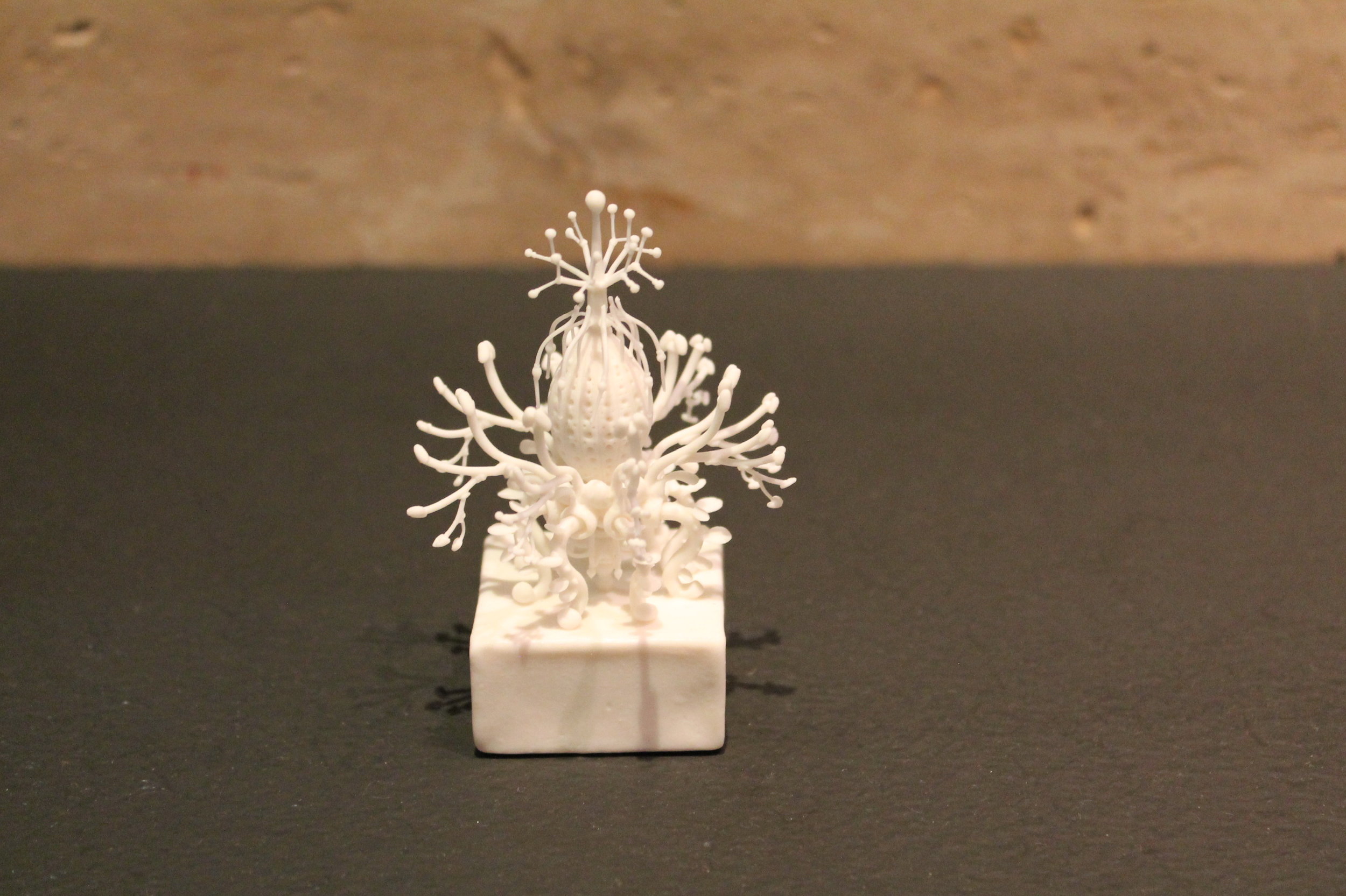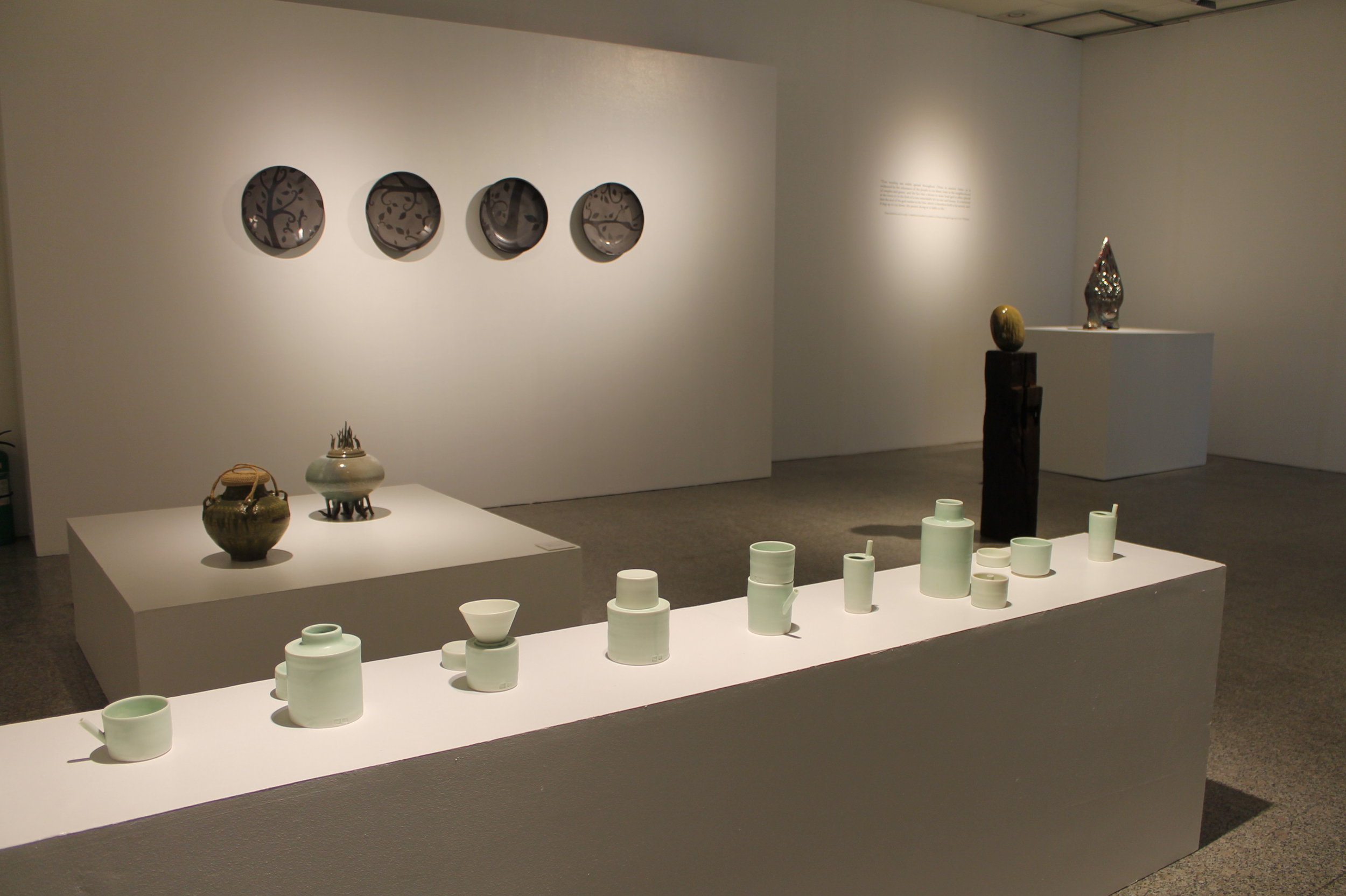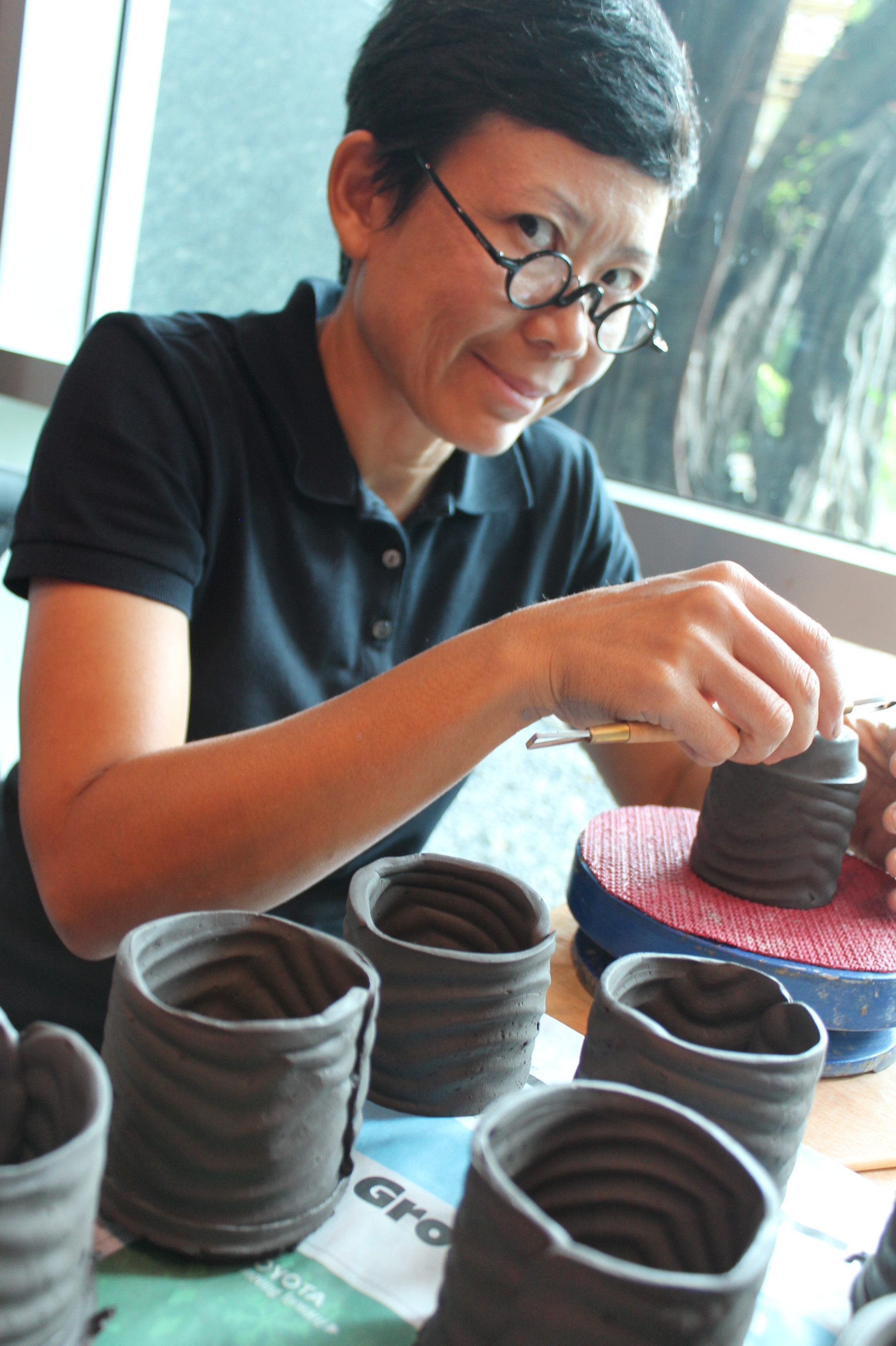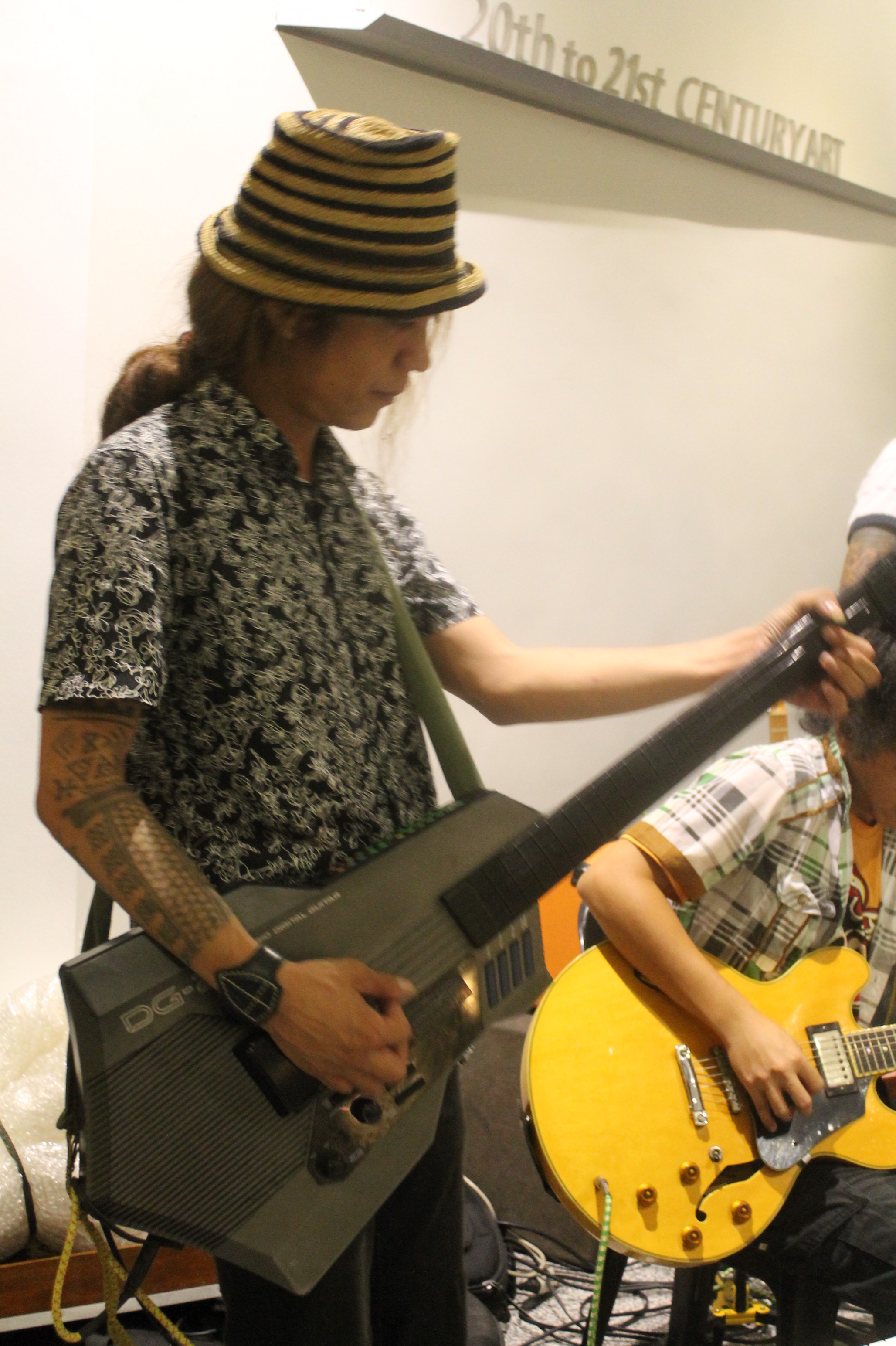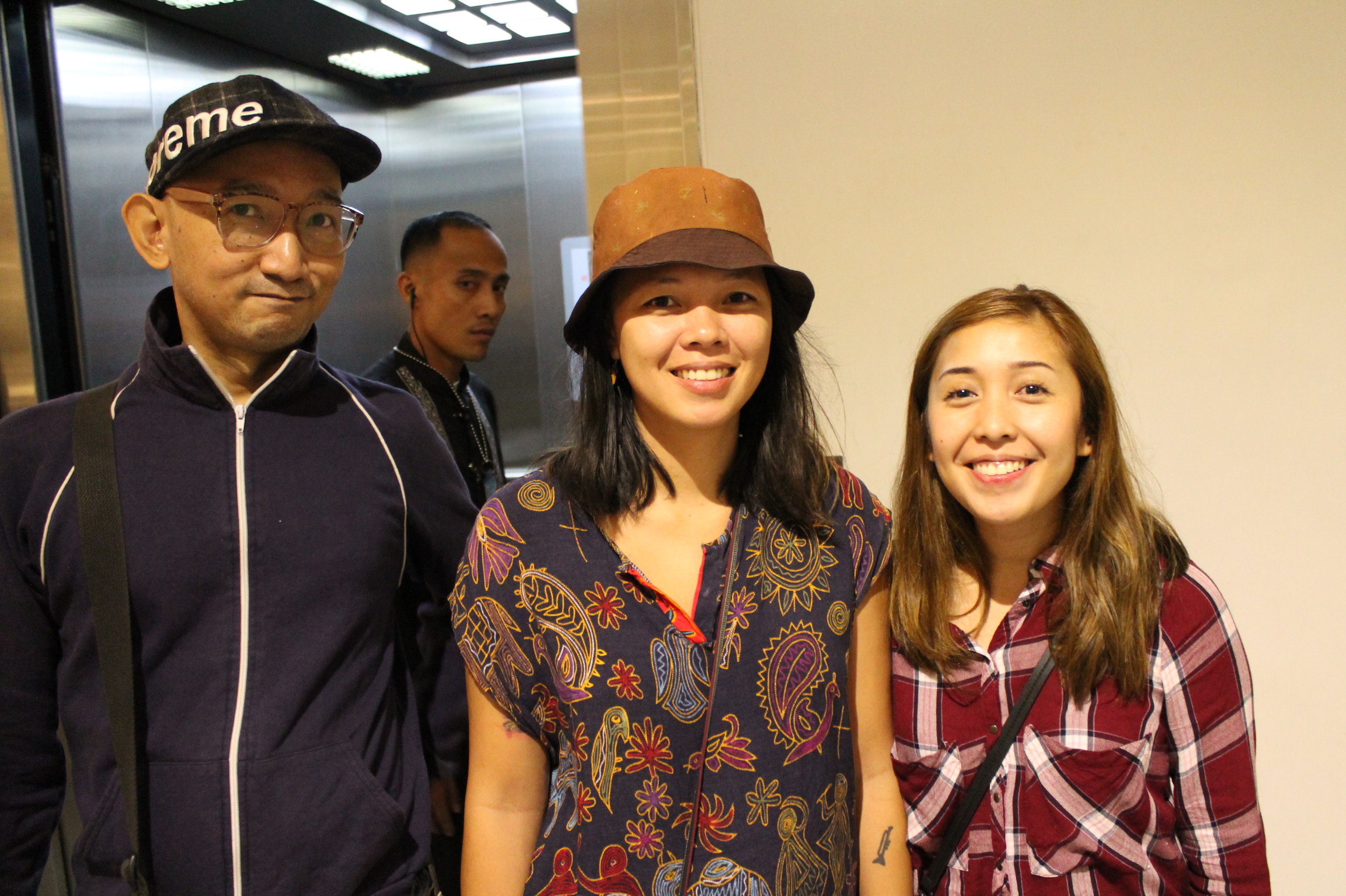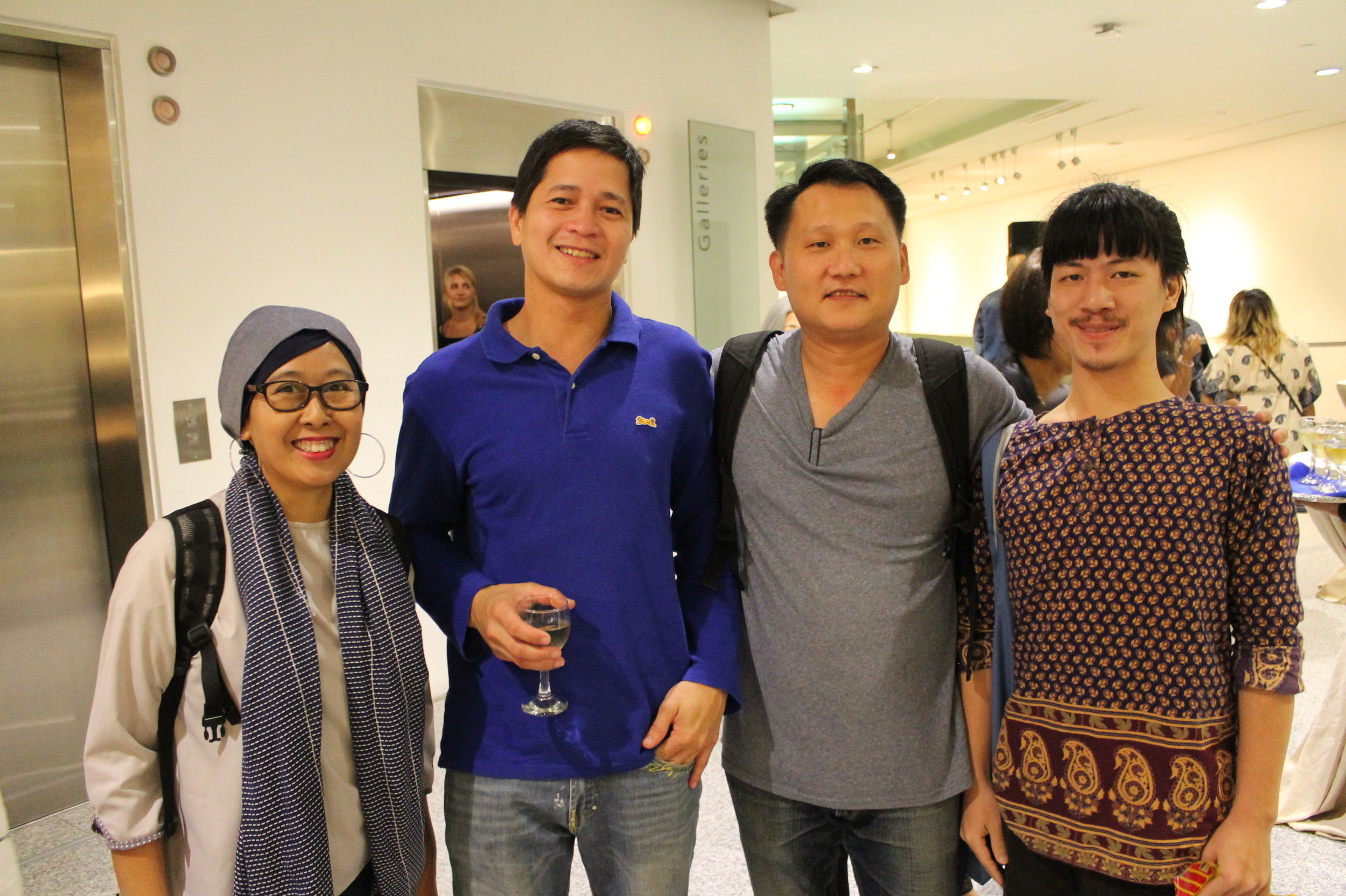TREE OF LIFE: 4th Southeast Asian Ceramics Festival
“Tree of Life: 4th Southeast Asian Ceramics Festival”
by Hadrian Mendoza
The tree of Life has been a common symbol associated with cosmography and religion throughout Southeast Asia. Southeast Asia reflects the ethnic and religious diversity of the region’s people who have beliefs rooted in Buddhism, Islam, Christianity and Hindu. Through this exhibition, 40 artists explored their roots in relation to “The Tree of Life.” Despite different religious backgrounds they have come together to discover how this sacred tree connects them to the past and to the next life. As artists, they have imagined and created a piece that maps the heavens and the earth through a material that has been used since humans have walked this planet.
On the opening day celebration of the exhibit, the last candle burned down in the pitch-dark lobby of The Ayala Museum in Makati, Philippines as darkness and silence filled the room. The audience broke out in cheers and applause as performance and ceramic artist Jason Lim had just completed his piece titled “The Cycle” in which he balanced a branch from a cherry tree on his head, 12 feet in length, for almost 1 hour. During the performance the audience was encouraged to participate by lighting candles and fusing them to the branch using melted wax. The performance lasted the amount of time that it took for the final candle to burn down. This was the end of Lim’s performance, and at the same time marked the beginning of the opening reception of “Tree of Life” exhibition, which took place at the 3rd floor gallery of The Ayala Museum from November 28, 2016 to January 15, 2017.
The event also included a 3 day workshop oflectures and demonstrations by presenting artists Soe Yu Nwe (Myanmar), Pang Swee Tuan (Singapore), Jason Lim (Singapore), Sekporn Tansripraparsiri (Thailand), Pim Sudhikam (Thailand), Noi Morton Gonzales (Philippines), Tessie Baldo (Philippines) and Eiair (Thailand). Artists who exhibited their works include Thomas Cheong, Hui Min Teo, Todd Tok, Alvin Tan Teck Heng, Steven Low, Nelson Lim, Ng Yang Ce and Madhvi Subrahmanian from Singapore, Suwanee Natewong, Krisaya Luenganantakul, Nino Sarabutra, Smith Takroodkaew, Naidee Changmoh and Sayumporn Kasornsuwan from Thailand, Hadrian Mendoza, Winnie Go, Mark Valenzuela, Pablo Capati, Rita Badilla-Gudio, Jon Pettyjohn, Tessy Pettyjohn, Siegrid Bangyay, Krista Nogueras and Catcat Mendoza from the Philippines, Vooi Yam Tan, James Seet, Cheah Yeow Seng and Lileng Wong from Malaysia, Antin Sambodo, Endang Lestari, Natas Setiabudhi and Chia Huie from Indonesia.
A wide range of techniques were demonstrated such as cutting with wires to create a waved texture, using drill bits of varied sizes to emulate a coral reef, attaching coils of different thicknesses and lengths to create roots of a tree, sculpting a human torsoby addition and subtraction, and even using needles as tools to create tiny sculptures that seem to be microscopic. Participants also gave lectures about their works and specific customs related to their respective countries.
The pieces in the exhibition reflected personal ideas and interpretations of the theme. There were many images related to that of a tree, including branches, stumps, leaves, birds nests, cacti and roots. There were also symbolic images such as thoughts from one’s mind, achieving zen through audio headphones, corals and arms grabbing one another.
“Tree of Life” marks the 4th of a series of Southeast Asian ceramics conferences that travel the globe and focus on introducing contemporary ceramic artists from this region, and at the same time creating a synergy and tight bond among the participants. The Southeast Asian region is made up of 10 countries which include Thailand, Myanmar, Singapore, the Philippines, Vietnam, Laos, Brunei, Cambodia, Malaysia and Indonesia. This group is referred to as SEApots and is comprised of over 150 ceramic artists from these countries. The concept and formation of SEApots was developed by this author and was made possible through generous grants from Toyota Foundation Japan, Asian Cultural Council, FLICAM museums and The Ayala Foundation.







